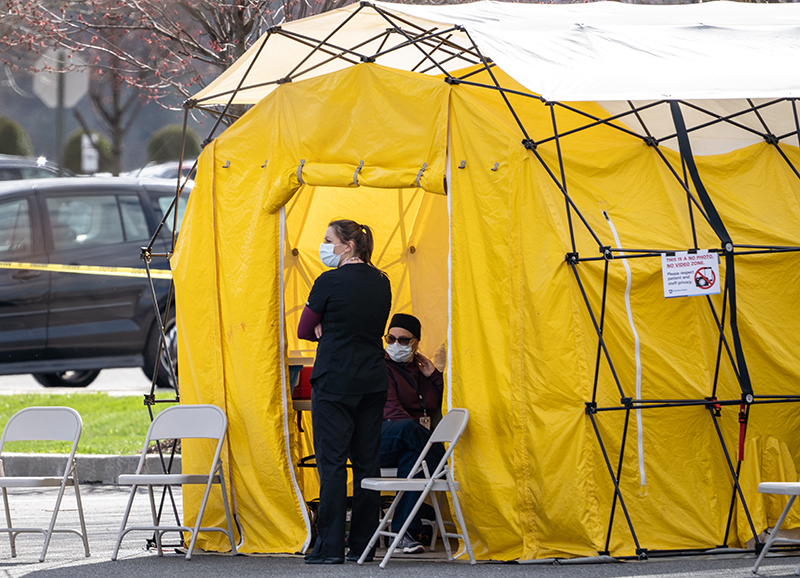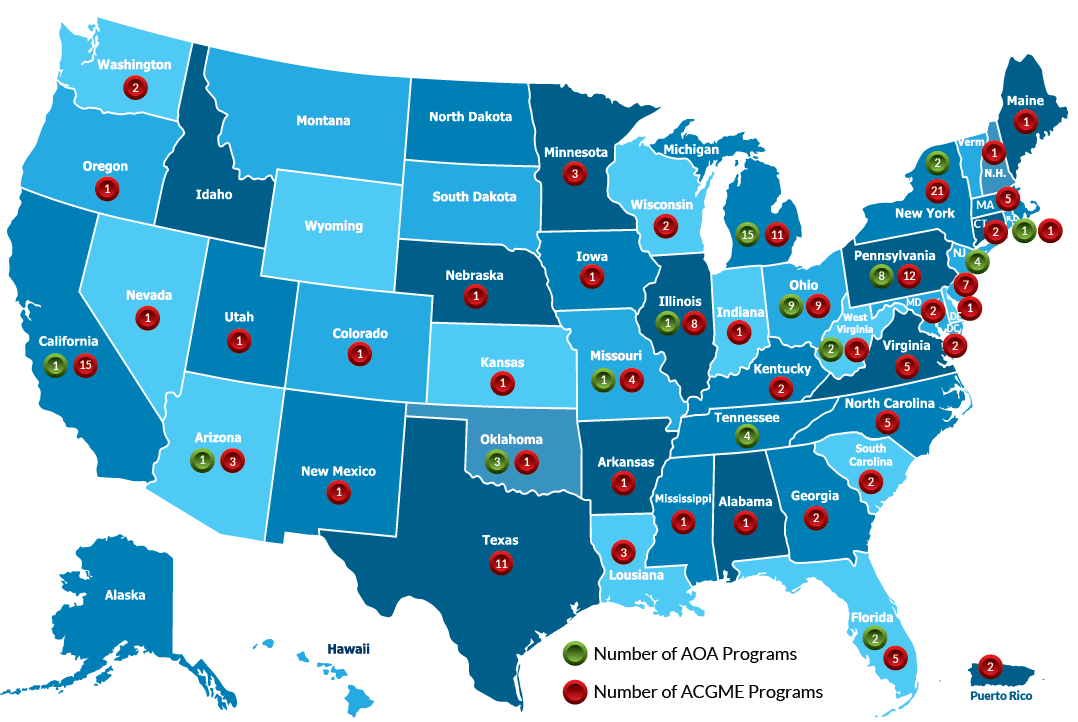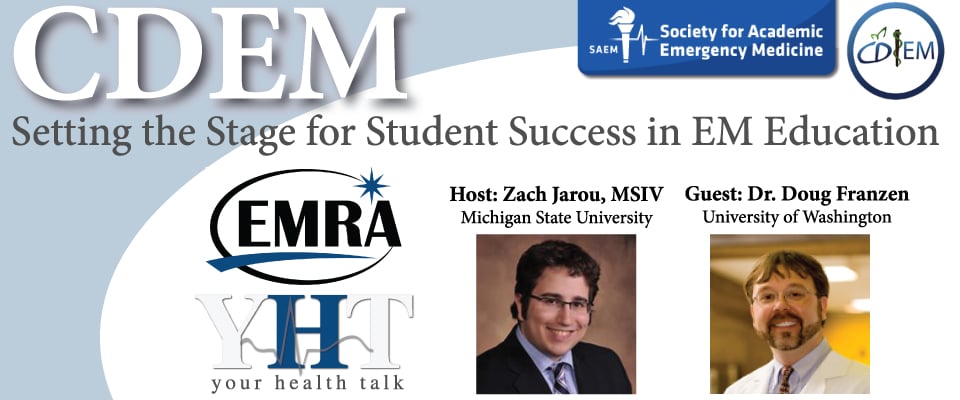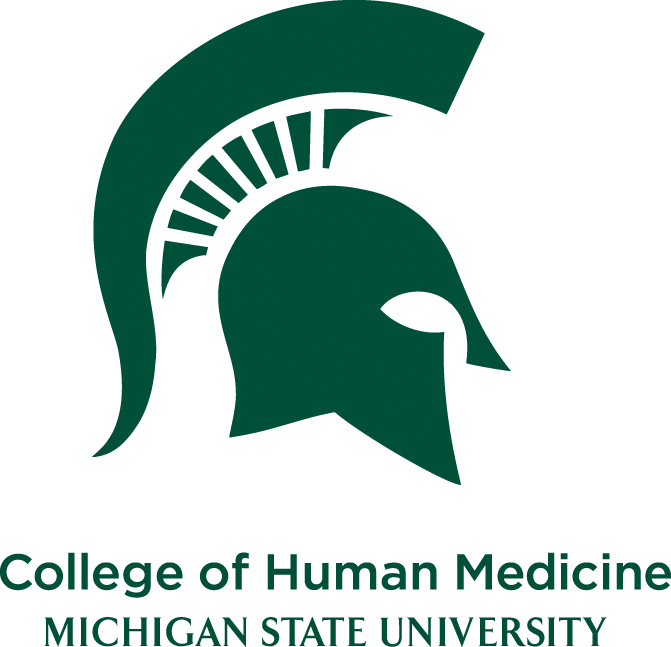Michigan State University College of Human Medicine is committed to educating exemplary physicians and scholars, discovering and disseminating new knowledge, and providing service at home and abroad. We enhance our communities by providing outstanding primary and specialty care, promoting the dignity and inclusion of all people, and responding to the needs of the medically underserved. MSU College of Human Medicine Diversity and Inclusion Statements
Founded in 1964, Michigan State University College of Human Medicine is nationally recognized as one of the nation's pioneers of community-based medical education.
Among the 141 medical schools in the country, MSU College of Human Medicine ranks sixth when it comes to “social mission” for producing doctors who are minorities, practice primary care and work in underserved areas, according to a 2010 study published in the Annals of Internal Medicine.
The college’s footprint spans the state of Michigan. Clinical practice, research and undergraduate and graduate medical education takes place across seven campuses through affiliations with local hospitals, physicians, and other health care providers. These community campuses are located in Flint, Grand Rapids, Lansing, Midland Regional, Southeast Michigan, Traverse City and the Upper Peninsula Region.
First- and second-year medical students receive their preclinical education in either East Lansing on the campus of Michigan State University, or at the Secchia Center, in Grand Rapids. Each location has 200 preclinical students. Third- and fourth-year students receive their clinical education at any of 9 primary teaching hospitals and 57 community hospitals in the college’s seven community campuses throughout the state.













